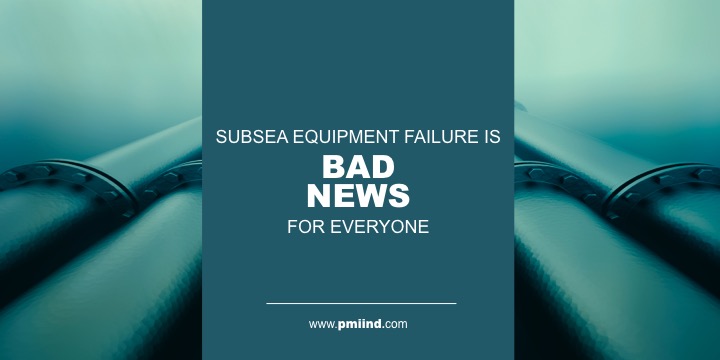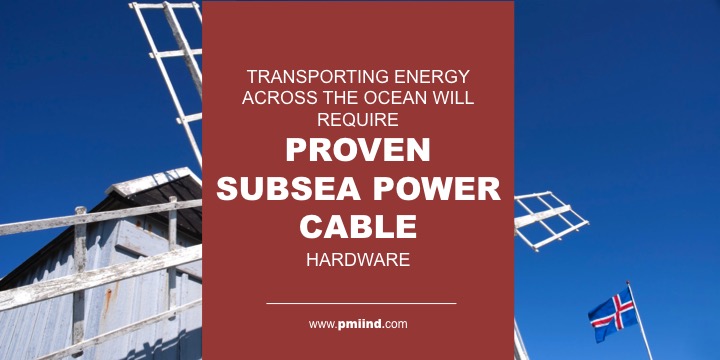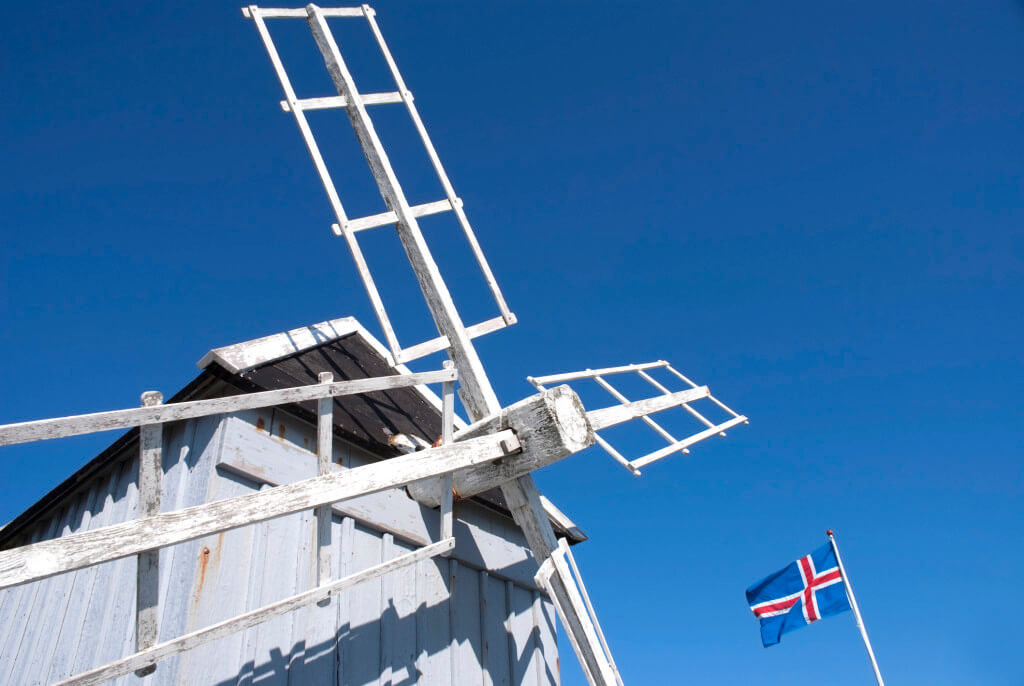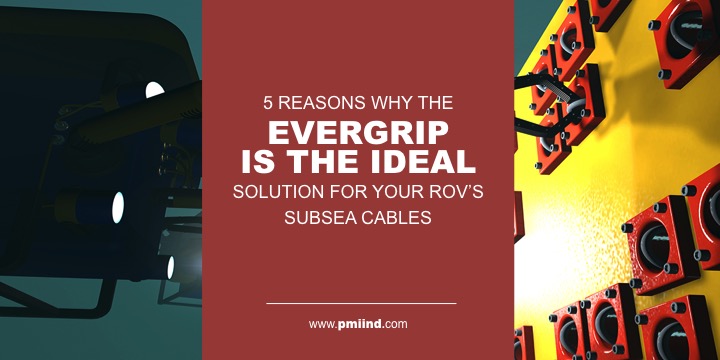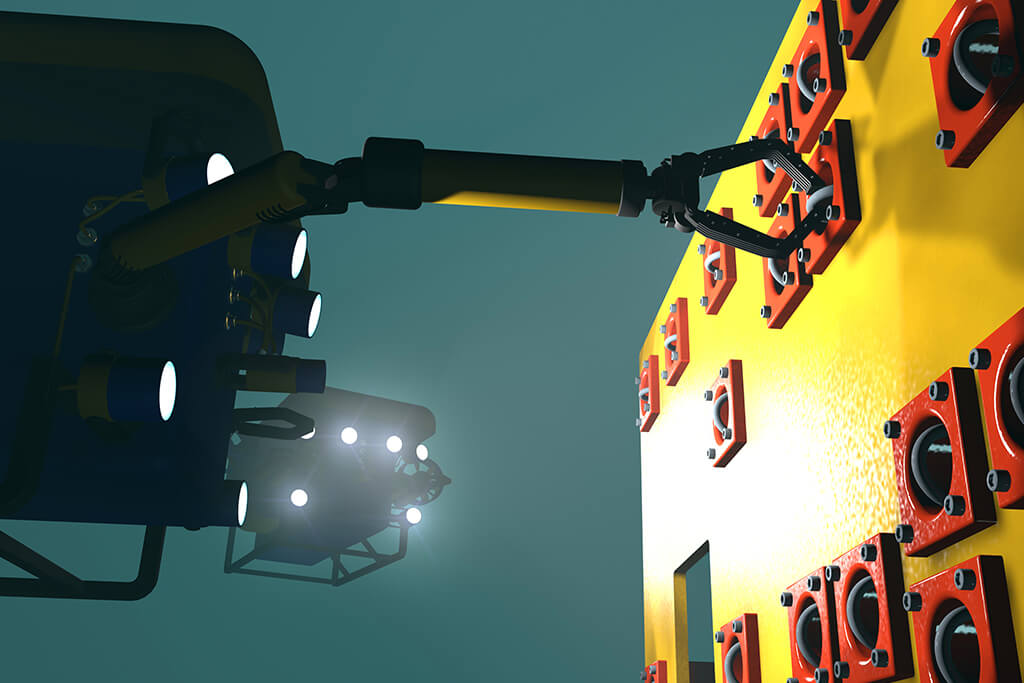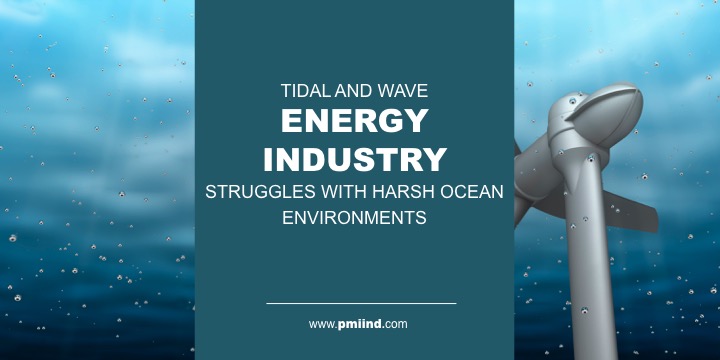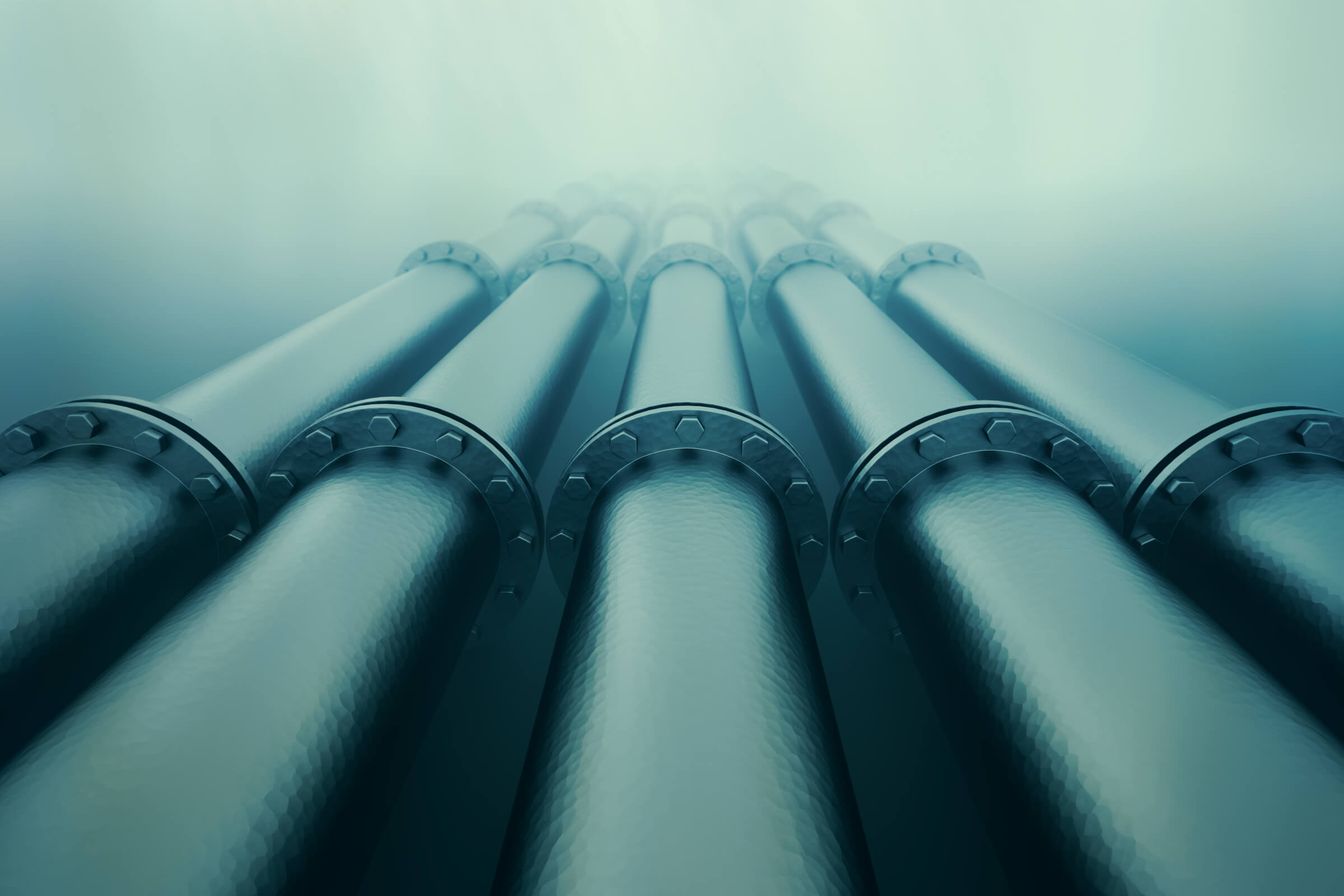 Whether they are lifting oil from deep below the seabed or experimenting with data centers on the ocean floor, anybody getting work done below sea level lives in perpetual fear of subsea equipment failures.
Whether they are lifting oil from deep below the seabed or experimenting with data centers on the ocean floor, anybody getting work done below sea level lives in perpetual fear of subsea equipment failures.
This is especially true as oil-development machinery equipment installed decades ago reaches the end of its projected operating life. What do you do with 20-year-old machinery that was built to last 20 years? Replace it now or wait for it to fail?
Either way, it will not be cheap. How can companies mitigate the risk of subsea equipment failures? A few tactics spring to mind:
Dive deeper into predictive maintenance
With today’s high-powered computers, databases, and networks, it’s getting much easier to collect data that will provide authoritative data on the likely expiration of subsea equipment. Of course this requires sensors that measure the conditions of equipment, and cabling to convey all that data to the surface.
It’s not an easy or a quick fix, but it should be built into any process of replacing or upgrading any new equipment being installed now. Forward-thinking drillers who do this today will reap far more benefits when oil prices inevitably recover.
Invest in more in-depth training
Subsea equipment fails for highly specific reasons that might be invisible to people who make routine checks and are trained to look for only a few data points. The key is to amass the knowledge of your most senior technicians and develop protocols to pass their advanced knowledge onto your junior technical staff.
Again, the oil market downturn can be a boon to advanced training because you can provide more in-depth training to smaller technical staffs. When repair and maintenance crews have to be ramped up in a year or two, you can implement your advanced training regimen to a wider audience.
Broaden your approach to integrity management
Integrity management has three anchors: inspection, maintenance and repair (IMR). You want to address all three holistically so that any change in one anchor is reflected in the others.
Deep-sea inspections can be logistically difficult and repairs can be disastrously expensive. That’s why so many companies are turning to data to help them understand the likelihood of failure so they can get every last minute out of a piece of subsea machinery but replace it before it actually fails and causes massive downtime or, worse yet, an environmental disaster.
There’s no question that all phases of IMR are costly, but the consequences of neglecting IMR are far worse. There will always be a temptation to cut corners on the quality of your subsea equipment, but these short-term savings can get extremely expensive if the equipment fails unexpectedly, endangering investments, ecosystems and people’s lives.
As a leading underwater engineering company, PMI has more than four decades of experience in creating subsea hardware for the oil and gas industry. Our track record of providing world-class cable hardware also can be a huge advantage companies in the emerging fields of offshore wind and tidal energy.
Want to learn more about deep-sea hazards? Download our Free Guide – the 6 types of corrosion that concern underwater engineering companies.

The island nation of Iceland has more renewable energy than it needs. Great Britain wants to use more power from renewable sources. A 1,000-kilometer submarine power cable could conceivably help Iceland export its surplus renewable power and help Great Britain meet its renewables goals.
All this is possible because of the advantages of high-voltage direct current (HVDC), which makes it more practical to transmit power over long distances via submarine power cables. Electrical grids around the world generally use alternating current (AC) because it’s more economical over short distances.
The problem with AC is it becomes less practical the farther the power has to be transmitted. When power has to be transmitted distances in measuring in the hundreds of kilometers or more, it becomes much more sensible to use high-voltage direct current.
Using HVDC to move lots of power over long distances is extremely helpful in developing nations like China that have rapidly emerging energy demands. But another of the great opportunities for HVDC lies deep below the ocean with subsea power cables.
Long-distance subsea power cables have a host of applications:
- Windfarms located far offshore. Wind is more abundant far away from shore, and many near-shore sites have already been developed. Submarine power cables using HVDC make these remote windfarms practical.
- Subsea electrical grids. Electrical grids beneath the ocean are being developed to improve the productivity of off-shore drilling operations. HVDC could allow them to be powered by production facilities on dry land.
- Metro areas where it’s impractical to build new power plants. In the San Francisco Bay Area, for instance, subsea power cables can extend power across the bay and avoid the need to build new power generating capacity.
This potential sounds awesome until you hear the statistics on how long it takes to repair a damaged submarine power cable. It can be days, weeks or months depending on the location and the severity of the damage.
The rugged reality of deep-ocean engineering is that it only takes one fishing trawler or cargo ship anchor to foul up a deep-sea power transmission plan. That’s why subsea cable protection is so important.
Providing that kind of protection has kept PMI in business for more than four decades, engineering rugged, durable ocean hardware for companies and projects around the globe.
Our deep ocean engineering experience helps enable the world-changing potential of renewable power. No matter how breathtaking the advances in technology, if the power has to be sent through subsea cables, those cables need extra protection that our ocean hardware provides.
Our guide, 6 Ways to Extend Your Subsea Power Cable Life, can provide more insight into increasing the longevity of your subsea cables. Download the free guide today:

We’ve gone in depth before on how cable terminations are used , now we’re going to explain what sets our terminations apart from the competition.
Many current terminations require an epoxy/polish method of installation. There are many disadvantages to using epoxy. If you’re using heat-cured epoxy, it takes a ½ to cure, but you need an oven to cure it. Room temperature epoxy doesn’t need a special oven, but the cure time can be 2-3 hours or more. When researchers are spending days or weeks out on the ocean gathering information, time is of the essence.
Other terminations on the market don’t use epoxy, but require specialized equipment to install or require extensive cable preparation before installation. In addition, many epoxy-less terminations have a higher connector cost.
PMI provides quality epoxy-less terminations for your ROV needs. Here are 5 that the EVERGRIP Helical Gripping Termination is your ideal solution:
- Faster Installation
The EVERGRIP termination is field installable and easily applied – usually in 30 minutes or less.
- No Special Tools Needed
Our product requires no additional tools or cable preparation to install
- Less Down Time
With the EVERGRIP, there is no need to wait for a termination/retermination to cure.
- Strain Relief for Cables
The special helical rod design relieves strain from the cable. We also have BSR solutions for additional strain relief to prolong cable integrity.
- Reuseable
The housing of EVERGRIP can be used – a Retermination Kit comes at a much lower cost than purchasing a new termination
As new challenges are placed on the ROV industry, PMI continues to provide new solutions to meet those challenges. Whether it’s greater strain capabilities, faster installation or higher cost savings, PMI has the capability to develop and supply the highest quality and reliability solutions.
To read more advice on choosing the best subsea terminations for your project, download our checklist:
7 Questions You Should Be Asking About Your Subsea Terminations

Offshore wind and solar energy have been getting all the attention in the quickly growing renewable energy industry, but there’s another player that is beginning to grow strength in the energy market – ocean waves and tidal currents, or “marine energy”. There are vast amounts of energy that are produced within the moving waters of oceans and rivers, and companies working to harness this energy are quickly gaining speed.
While not nearly as large as the main competitors in renewables, marine energy has strong advocates and is quickly gaining steam in the renewable market. About 30 tidal and 45 wave energy companies are at an advanced stage of technological development. One of the biggest issues these companies are facing that has impeded forward movement in the market is the harsh ocean environments – the same thing that makes the industry work in the first place.
The intensity of sea waves is greatly unpredictable and can cause damage throughout the process. Installation of the equipment is often difficult – the areas that are best suited to harness wave and tidal energy are often very hazardous and can be difficult to navigate. As we mentioned in our article on subsea cable vulnerability, subsea cables and hardware have to withstand 14.5 psi per every 10.05 meters they are lowered into the ocean. That coupled with the harsh environment that marine energy succeeds in, makes for a harsh environment for equipment.
PMI has many years of experience engineering proven subsea hardware for companies around the globe. We are excited to be part of the quickly growing marine energy market and are ready to create custom and quality solutions that will withstand harsh and hazardous environments.
Read more about the potential of wave and tidal energy.
The outcome of your project will rely on the quality of your subsea terminations. Make sure to download our guide – 7 Questions You Should Be Asking About Your Subsea Terminations – for a through breakdown of what you should be looking for in your subsea terminations.

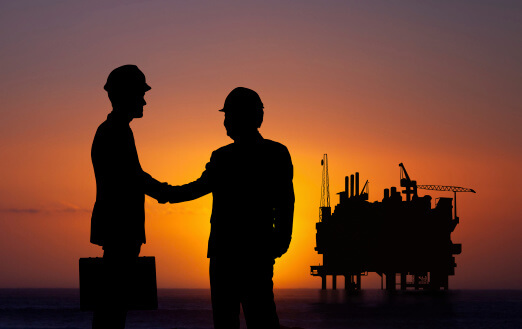
As the energy market continues to turn away from oil and gas and towards renewable energy, many companies that specialize in deep ocean engineering, like PMI, are following suit. One company that has made great efforts to shift from oil and gas into the renewable energy field are the Norwegian subsea specialists Ocean Installer. The company’s advanced vessel, the Normand Vision, was used for work on subsea umbilicals, risers and flowlines (SURF) for major companies in the oil industry. Realizing that their subsea construction support equipment could also be used to work on the underwater cables that connect offshore wind platforms with the power grid, the Normand Vision began working with wind farms, including Germany’s Gode Wind 1 farm. Ocean Installer is not the only subsea construction company to jump on the renewable energy bandwagon. Singapore’s EMAS has also begun adding wind energy projects to their portfolio.
PMI shares the vision of these companies as our energy markets focus on new horizons and is excited to work with customers to solve their cable issues with budget friendly and top quality underwater cable hardware that will maintain cable integrity in every kind of underwater environment.
Read more about Ocean Installer and the Normand Vision.
To find out more about our custom ocean engineered cable hardware equipment, schedule an appointment to talk to our experts today.

